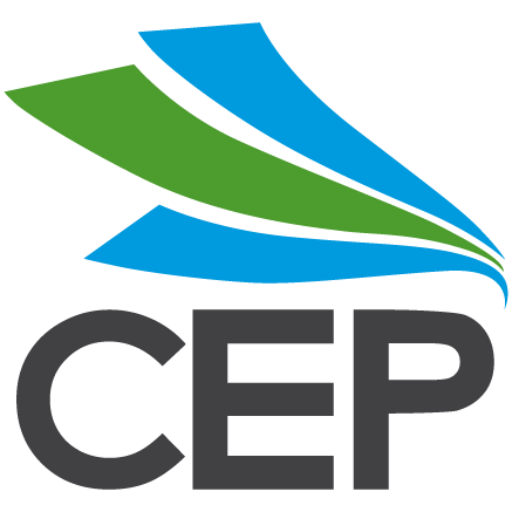Has China peaked? The world’s most sustainable protein and zero-carbon cement is here
In this issue:
Has China peaked?
Research from the Centre for Research on Energy and Clean Air hints China’s emissions may have peaked. Emissions fell 3% in March following 14 months of increases The fall is being attributed to increased wind and solar generation, which took care of 90% of the growth in demand, and a contraction in the construction sector. While “one swallow does not a summer make” (Aristotle), it may, perhaps, be a signal.
The story is an encouraging follow-on from data in Bloomberg New Energy Finance’s New Energy Outlook (highlighted and linked in last week’s news) that hinted global emissions may have peaked.
Voluntary Carbon Markets getting straight
It’s been a big week for voluntary carbon markets. Not only was our conference joined by Annette Nazareth, Chair of the ICVCM (Integrity Council for Voluntary Carbon Markets) just out of a meeting with the US Treasury, but emerging from those discussions was a new set of Principles from the US Government for participation in voluntary carbon markets. These are aligned with the ICVCM’s Core Principles. Interestingly, at the conference, Annette hinted the NZ Government should be adopting the Principles for our ETS.
Nature-based Carbon Credits following the lead
Also in the realm of voluntary carbon markets, a new buying alliance was announced this week for nature-based carbon credits comprising giants such as Meta, Google, Microsoft and Salesforce. The Symbiosis Coalition aims to contract up to 20 million tonnes of nature-based credits under the scheme which, it claims, will be compliant with the ICVCM’s Core Carbon Principles.
The world’s most sustainable protein?
First there was meat-free, plant-based proteins. Now, Finnish company Solar Foods is claiming the world’s most sustainable food protein. Solein is made from dried microbes, air, water and an application of electricity. It has one-fifth the emissions of plant-based protein and 1% of the emissions of meat. The base protein can be used to make pasta, bean curd and ice cream amongst many other applications. As for taste – if you get the chance, please let me know.
Zero-carbon cement is here
Well recognised as a major emitter (8% of global emissions) and hard to abate, scientists from Cambridge University are claiming the world’s first emissions-free cement. The secret is the use of arc furnace technology in the production process which, if powered by renewable electricity leads to zero-carbon production.
Self-cleaning, energy efficient glass alternative
Scientists from the Karlsruhe Institute of Technology (KIT) have come up with a glass alternative that is self-cleaning and much cooler. The polymer-based micro-photonic multi-function metamaterials (PMMM) has a multi-pyramid surface with an opacity that allows light to pass through but releases heat rather than building a greenhouse effect like glass. The pyramids are around one tenth the thickness of a human hair and help diffuse 73% of the radiation.

